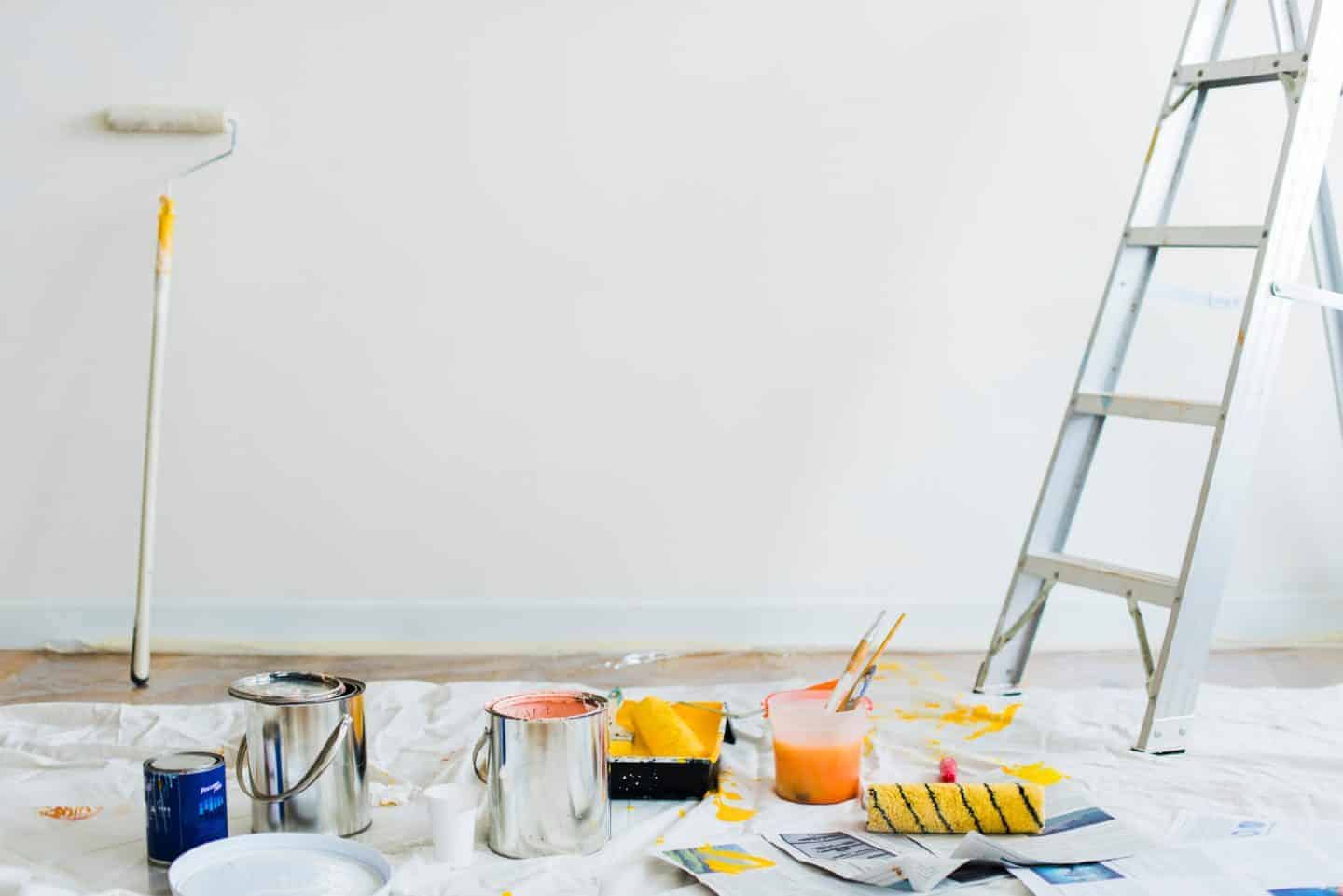There are a lot of reasons to remodel your home. Some families might want to open up their space, fix what is broken, or make their home more functional. Whether you’re doing a home remodel for the specific purpose of making your home more sustainable or not, there are ways to make you remodel more eco-friendly. For example, you can prioritize eco-friendly upgrades when making changes or use reclaimed or refurbished materials instead of buying brand new furniture. You should try to donate what you can and eliminate any remodelling waste. Finally, do your research and focus on remodelling with environmentally conscious materials.

Prioritize Eco-Friendly Upgrades
There are so many potential eco-friendly upgrades available all over your home. When you’re doing a remodel, prioritizing sustainable upgrades through the process will help to make your home remodel more eco-friendly overall. In order to lower your energy use in this way, you can be sure your new dishwasher, refrigerator, stove, etc. have good energy ratings. Of the total energy consumption in an average household, 27 per cent goes to running appliances, so doing this should be a high priority. You could also prioritize more natural lighting, insulation, or even solar panels to boost your home’s sustainability overall.
Even smaller upgrades can do wonders for how sustainable your home is. Think about LED light bulbs, low-flow faucets, and upgraded HVAC systems in your home. If you’re remodelling anyway, or remodelling specifically to make your home more sustainable, making these eco-friendly upgrades can make your costs worth it in the long run.
If you don’t have the capital to upgrade your home quite yet, you can still take action. In some instances, simply changing the settings on your existing appliances can reduce energy costs and pollution for minimal effort. When it comes to hot water heaters, for example, many homeowners stick to a default temperature of 140 degrees. However, by turning your water heater down to 120 degrees, you can save up to 10 per cent on your energy bill! If that is too low for your hot water needs, simply turn it up in increments until you find the temperature that is just right for you. Adjusting appliances in this way can let you truly optimize your home’s energy efficiency.
You can also incorporate larger sustainable remodels without the larger price tag by doing the work yourself. Not only will you be making your home as eco-friendly as possible, but you’ll be learning new skills along the way and giving your home a more personal touch since you’re the one doing it. Just make sure to keep construction safety in mind, for both large and small jobs. When in doubt, always contact a professional.
Reclaim and Refurbish
There’s a big pull to buy what is new and fashionable, but sustainable living is all about using what you have. That doesn’t mean you have to stick with the same old look for your home. Reclaiming and refurbishing your materials and furniture is another great way to remodel with sustainability in mind. This will reduce your overall waste and limit the number of items you need to toss or donate at the end of your remodel. Consider how you can repaint, restore, or decorate your old items to look new. The vintage look is popular, and DIY options are vast, so you may end up with something more special by refurbishing old items anyway.
If you need to buy new items, consider buying those that are reclaimed. This could mean purchasing furniture or cabinets made from reclaimed materials or purchasing reclaimed wood to build with. This is one example of using such materials when remodelling.
Donate as Much as You Can
Your remodelling process will probably involve a lot of cycling through material and belongings, which can be a big problem in terms of sustainability. In order to eliminate as much waste as you can, be sure you’re deconstructing pieces of your home, not demolishing them. This way you can donate those items. The same goes for any building materials you don’t use such as roofing items if you decide to put in solar panels, old windows if you’re upgrading to better windows, or even carpeting and lumber. There are plenty of programs that can use these materials to build cheaper homes and buildings in your community.
The same is true for your belongings, furniture, and decor items. Resist the urge to throw away any items; donate them instead. You might even try refurbishing the item and selling it. Either way, eliminating waste as you remodel is important in the effort to remodel in an eco-friendly fashion.
Use Eco-Friendly Materials
Eco-friendly materials go far beyond using refurbished wood. Thankfully, the benefits of sustainable engineering are so vast that many companies prioritize manufacturing sustainable items. This means that there are more sustainable options than ever before. Sustainable concrete, natural materials (like granite or wool), and recycled materials are all better alternatives for your building costs. Just be sure you’re doing your research on any recycled products, as many markets claim that they are recycled, but they may only have 5 per cent recycled materials.
In truth, there are sustainable choices for nearly every aspect of your remodel, from who is doing it to the materials you’re using. For flooring, you might try sustainable cork or bamboo. For paint, try recycled or low-VOC (volatile organic compound) paint. The key is to pick the most sustainable option for each aspect of your process.
Remodelling your home doesn’t have to be a sustainability nightmare. In fact, incorporating sustainable changes while you’re remodelling can make your project one that’s actually good for the environment in the long run. If you’re making changes to your home anyway, think about which eco-friendly changes you can make. Your remodel can be beneficial to you as well as the environment as long as you do your research and prioritize sustainability.


